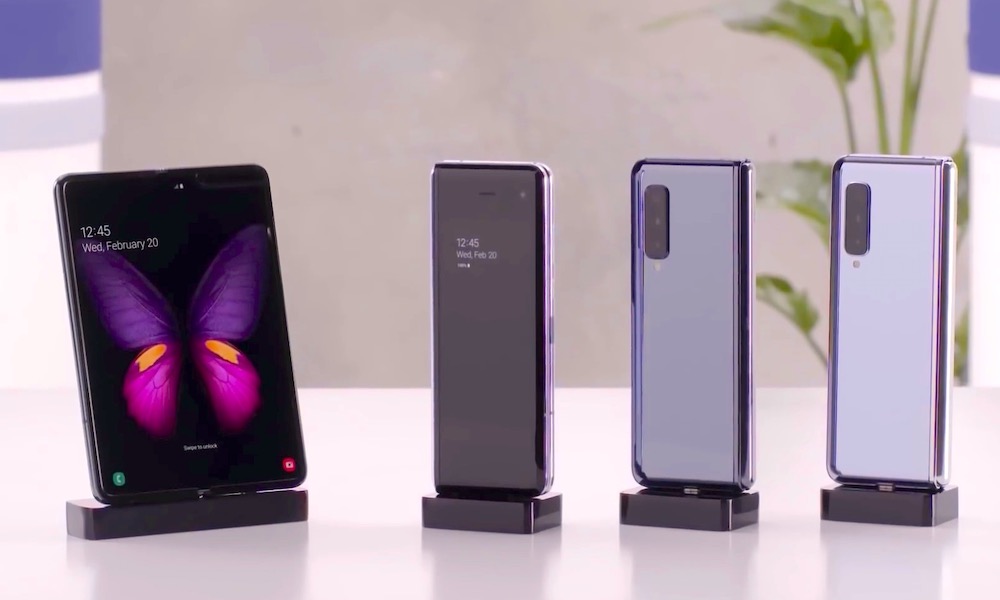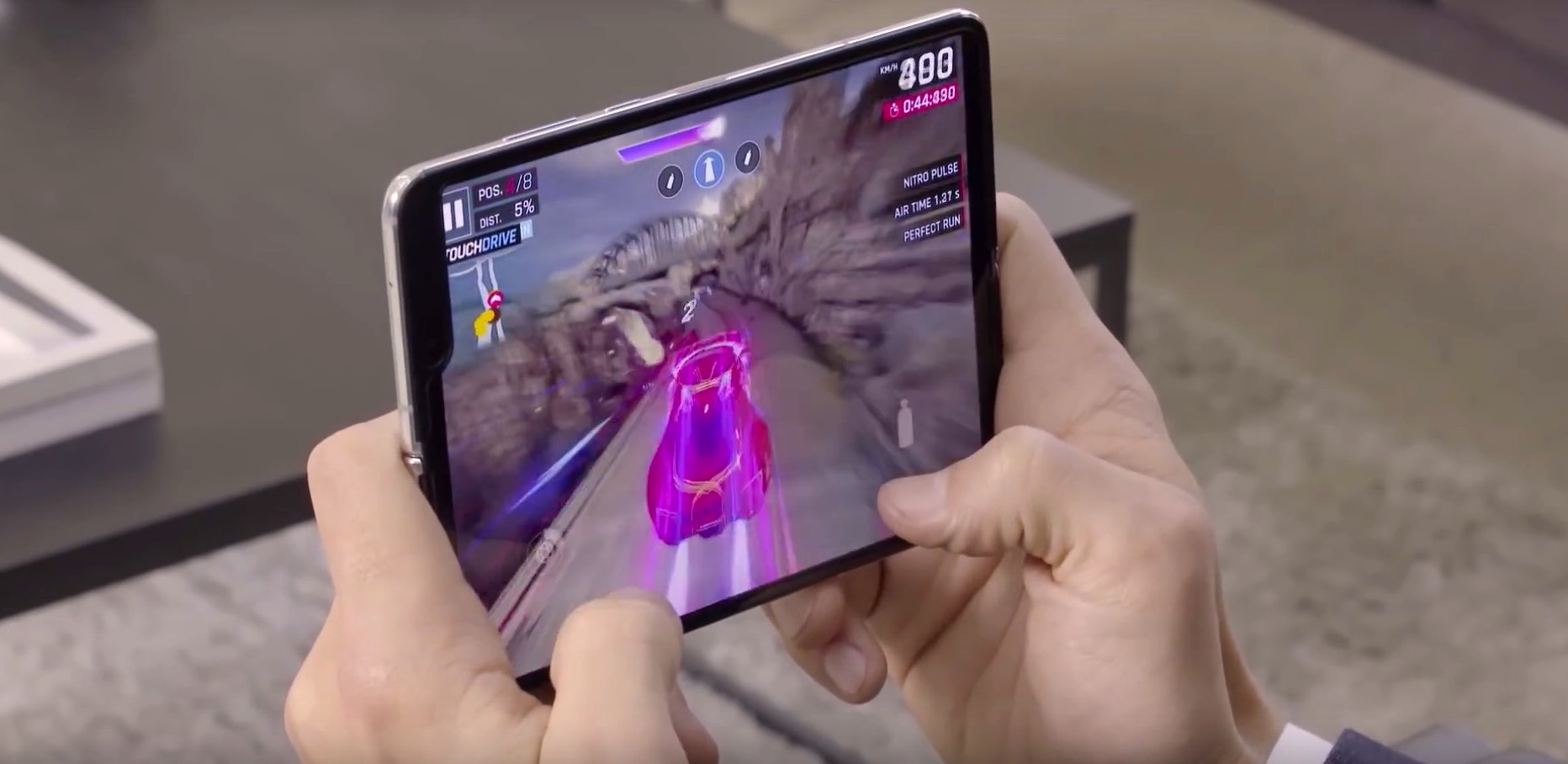Hot or Not? Samsung’s Ultra-Cool Galaxy Fold Faces Major Problems
 Credit: Samsung
Credit: Samsung
Toggle Dark Mode
Samsung broke new ground with the announcement of the first foldable smartphone from a major manufacturer: the Galaxy Fold.
As a concept, the Galaxy Fold is a gutsy, innovative, and just-plain-cool device. But as a consumer product, in its current form, it makes absolutely zero sense.
For starters: the price tag. Expecting consumers to pay $1,000 for an iPhone may have already been pushing it. But a $1,980 price tag is essentially ridiculous.
For that much money, you could buy an iPhone XS and a 10.5-inch iPad Pro — and you’d probably be happier for it.
But there are other serious problems for the device, too. The Verge’s Vlad Savov likened the Galaxy Fold to Samsung’s version of Google Glass — “an exciting technical showcase that is hitting the market far too soon and risks souring everyone on the entire nascent category.”
But Savov also notes that the device is a volatile mixture of “beta product” and “overpriced premium tech.” Consumers can and do shell out big money for the best of the best, but they really shouldn’t for a device that still has some significant kinks to work out.
And Engadget’s Aaron Souppouris pointed out a small design detail on the Galaxy Fold that could ruin its aesthetics and ergonomics. Basically, when it’s folded, it leaves a triangular-shaped gap between both “sides” of the device.
And current foldable smartphone tech requires a compromise between folding and flatness. The Galaxy Fold’s display doesn’t appear to be a perfectly flat surface, it has a slight ridge where the hinges are. Not only that, but its thickness when folded will probably make it a poor device for pocketing or holding.
There’s also the issue of what the Galaxy Fold should actually be used for. Its “smartphone mode” features a tiny 4.6-inch display, but its 7.3-inch “tablet mode” is only marginally larger than the Galaxy Note 8 or the iPhone XS Max. In fact, 7.3 inches is actually smaller than Apple’s smallest tablet. The iPad mini has a 7.9-inch display.
So, it’s not that great of a smartphone. And it won’t provide that much display area for serious tablet users. It’s almost as if Samsung took mediocre aspects of both smartphones and tablets and rolled them into one device.
To be fair, there hasn’t been much hands-on testing of the Galaxy Fold. So we’ll have to reserve the most critical of judgment until the first reviews start to roll in in April. And despite its issues, there will undoubtedly be early adopters who pick up the Galaxy Fold, too.
But the Galaxy Fold’s problems may not be Samsung issues, they’re probably folding smartphone issues in general.
We expect other upcoming folding devices, like Huawei’s Mate X foldable handset shown off at Mobile World Congress, to sport the same sort of hurdles including price, ergonomics and longevity.
Even Apple’s first foldable smartphone, which could come in 2020, will have to jump through hoops to prove itself worthy of consumer money.
Foldable phones are a cool idea, and other smartphone manufacturers will likely follow in Samsung’s footsteps. And it’s actually hard to fault OEMs for attempting to innovate with new form factors. Maybe it’ll ultimately be a boon for a stagnant smartphone market where true innovation is on the decline.
More than anything else, however, the Galaxy Fold proves that the foldable smartphone concept itself has at least a few more years of maturation before it actually becomes feasible for the average customer.
In other words, the Galaxy Fold is a great way for Samsung to metaphorically claim “first,” but in it’s current form, it probably won’t be good for much else.









